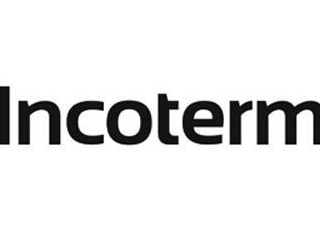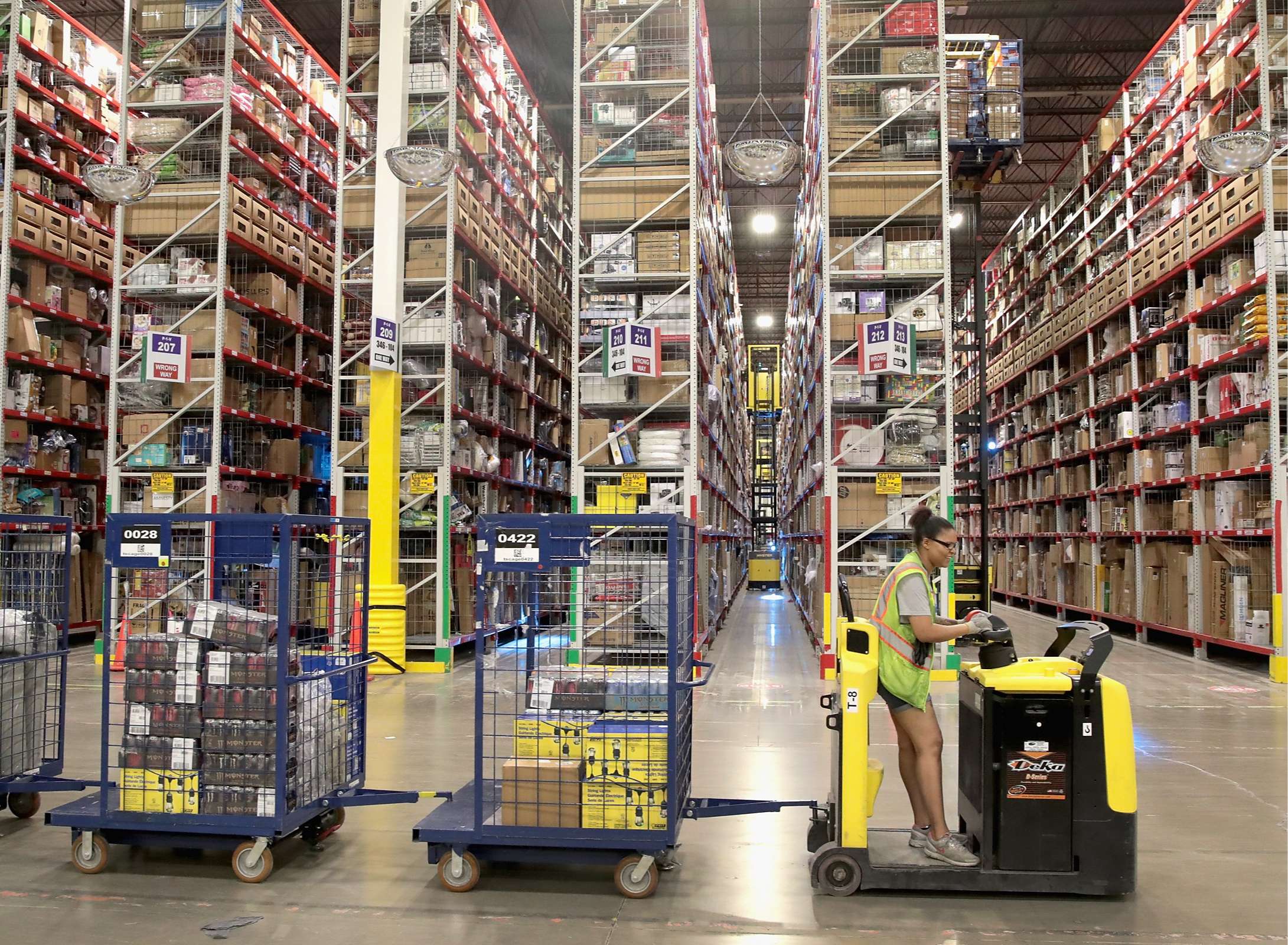In the complex landscape of international trade, Incoterms play a pivotal role in facilitating the smooth execution of trade agreements and transactions across borders. Established by the International Chamber of Commerce (ICC), Incoterms (International Commercial Terms) are standardized pre-defined terms used globally. These terms help define the responsibilities of sellers and buyers for the delivery of goods under sales contracts.
Why Are Incoterms Important?
- - Risk and Cost Allocation: Incoterms define the point in the transaction where risks and costs transfer from the seller to the buyer.
- - Clarity and Safety: They provide clarity and predictability to parties in different countries, thereby reducing misunderstandings.
- - Legal Clarity: These terms are recognized globally and often incorporated into contracts for international trade.
Key Incoterms Explained
The ICC regularly updates the Incoterms rules—most recently in 2020—to reflect changes in the global trade environment. Below are some of the most commonly used terms divided into groups based on their primary characteristics:
Group E – Departure
- - EXW (Ex Works): The seller makes the goods available at their premises. This term places minimum responsibility on the seller and maximum on the buyer.
- Group F – Main Carriage Unpaid
- - FCA (Free Carrier): The seller delivers the goods, cleared for export, to a carrier selected by the buyer.
- - FAS (Free Alongside Ship): The seller places the goods alongside the ship at the specified port of departure.
- - FOB (Free On Board): The seller loads the goods on board the vessel nominated by the buyer.
Group C – Main Carriage Paid
- - CFR (Cost and Freight): The seller must pay the costs and freight necessary to bring the goods to a named port of destination.
- - CIF (Cost, Insurance & Freight): Similar to CFR but with the addition that the seller must provide insurance against the buyer's risk of loss or damage to the goods during transit.
- - CPT (Carriage Paid To): The seller pays for the carriage of the goods up to the named place of destination.
- - CIP (Carriage and Insurance Paid to): Similar to CPT, but the seller also purchases insurance for the goods during transit.
Group D – Arrival
- - DAP (Delivered At Place): The seller delivers the goods at a destination named by the buyer, cleared for import, and not unloaded from the arriving vehicle.
- - DPU (Delivered at Place Unloaded): The seller delivers and unloads the goods at the named place, a change in the 2020 update from the former term DAT.
- - DDP (Delivered Duty Paid): The seller delivers the goods ready for unloading and assumes all costs, including import duties and other taxes.
Choosing the Right Incoterm
Selecting the appropriate Incoterm is crucial, as each one has different implications for the cost and risk associated with shipping and compliance. The choice of term should be based on:
- - Type of goods: Different goods may require different handling or insurance considerations.
- - Mode of transport: Some Incoterms are better suited to different modes of transport.
- - Level of control desired: How much control each party wants over the shipping process can influence the decision.
Conclusion
For parties involved in international trade, a thorough understanding of Incoterms is crucial. This knowledge ensures that goods are delivered efficiently, risks are managed effectively, and disputes are minimized. Always ensure that these terms are correctly included in contracts and understood by all parties to ensure a successful trade transaction. Involving experts in logistics and international trade law can provide additional assurance and help tailor contracts to specific needs and scenarios.
Referral:https://iccwbo.org/business-solutions/incoterms-rules/
2024-06-06
Unpacking the CFR Incoterm
Cost and Freight (CFR) Shipping IncotermThe Cost and Freight (CFR) incoterm is a widely used agreement in international trade that defines the responsibilities and costs associated with the transportation of goods from the seller to the buyer. This incoterm is particularly relevant for shipments transported by sea or inland waterway.Under the CFR incoterm, the seller is responsible for arranging and paying for the carriage of the goods to the named port of destination. However, the risk of loss or damage to the goods is transferred from the seller to the buyer once the goods have been delivered to the first carrier.Key Responsibilities Under CFR:1. Seller's Obligations: - Arrange and pay for the transportation of the goods to the named port of destination. - Clear the goods for export, if required. - Provide the buyer with the necessary documentation, such as the commercial invoice, packing list, and bill of lading.2. Buyer's Obligations: - Take delivery of the goods at the named port of destination. - Arrange and pay for the insurance coverage of the goods from the time the risk has passed to the buyer. - Handle and pay for any additional costs, such as import duties, taxes, and customs clearance, after the goods have been delivered at the port of destination.Advantages of CFR Incoterm:- Simplifies the logistics and transportation process for the seller, as they are responsible for arranging and paying for the carriage of the goods.- Provides the seller with more control over the shipping process and the ability to negotiate better freight rates.- Allows the buyer to focus on the import and customs clearance procedures at the destination port.Considerations for Using CFR:- Ensure that the named port of destination is clearly specified in the contract.- Understand the risks associated with the transportation of the goods, as the risk of loss or damage transfers to the buyer upon delivery to the first carrier.- Carefully review the documentation, such as the bill of lading, to ensure that it accurately reflects the agreed-upon terms and conditions.In SummaryThe Cost and Freight (CFR) incoterm is a commonly used agreement in international trade that outlines the responsibilities and costs associated with the transportation of goods by sea or inland waterway. By understanding the nuances of this incoterm, businesses can make informed decisions and effectively manage their global supply chain operations.
2025-02-26
How to Choose the Right Packaging Materials for Amazon FBA
As an Amazon seller, I’ve learned the hard way that packaging can make or break your FBA business. Let me share exactly how to select materials that protect your products, pass Amazon’s strict checks, and keep costs under control—based on seven years of trial-and-error experience. Partnering with a trusted china freight forwarder early in the process can also streamline your supply chain, ensuring materials meet both Amazon’s standards and international shipping regulations.Thermal Printers & LabelsEvery seasoned seller knows this truth: poor-quality labels lead to warehouse rejections . I recommend investing in a commercial-grade thermal printer like the Rollo Wireless. Pair it with 4x6 inch thermal labels that meet Amazon’s 300 dpi resolution requirement. For product labels, use either 2x1 inch or 3x1 inch sizes, and always opt for waterproof polyester labels—they survive humidity 3x longer than paper alternatives.Master Carton SpecificationsLast month, a client’s 60.5 cm carton triggered Amazon’s oversized penalty. Here’s the golden rule: never exceed 60 cm on any side for standard shipments . Use double-walled corrugated boxes with 32 ECT strength ratings. For U.S.-bound shipments, include a 2x2 inch “Made in China” label in permanent ink—not stickers. Pro tip: Source boxes with pre-printed FBA compliance marks to speed up receiving.FBA LabelingYour product labels need military-grade durability. I’ve tested 12 materials and found that synthetic polyester labels with permanent acrylic adhesive withstand:-20°C warehouse freezers48-hour salt spray tests (simulating ocean shipping)100+ rubs with isopropyl alcoholFor outer boxes, use 4x4 inch labels placed 5 cm from the top edge. Always leave 1.5 cm clearance around barcodes—Amazon’s scanners need this breathing room.Packaging TapeThrough infrared scans at Amazon fulfillment centers, I discovered that taped seams must cover 70-80% of box length . Use 2-inch clear polypropylene tape with 60+ pound tensile strength. Avoid colored tapes—they trigger unnecessary customs inspections. My go-to: 3M’s Box Sealing Tape 371+, which bonds in 30 seconds flat.Cushioning MaterialsBubble wrap thickness matters more than you think:3/16” for lightweight items (apparel, books)5/16” for moderate protection (electronics, ceramics)1/2” for heavy/fragile goods (machine parts, glass)For eco-conscious sellers, consider cornstarch-based packing peanuts that dissolve in water. They provide comparable protection to Styrofoam but decompose in 90 days.Fillers & Void ReductionAmazon’s dimensional weight pricing punishes empty space. Use automatic air pillow systems that fill voids within 2 seconds—I recommend the PadPox M1 for small operations. For manual packing, hexagonal paper fillers prevent shifting better than shredded material. Always maintain 5 cm of cushioning on all sides.SustainabilityUpgrade to FSC-certified boxes with 90% post-consumer waste content. My clients report 18% higher customer satisfaction scores when using plant-based inks for printing. For moisture-sensitive items, switch to seaweed-based barrier films—they block humidity as effectively as plastic but decompose in compost bins.Compliance TestingConduct three crucial tests before shipping:Drop Test : From 1.2 meters onto concrete (simulates belt drops)Vibration Test : 3 hours at 5-500 Hz frequency (mimics truck transport)Compression Test : 200 lbs force for 1 hour (stacking simulation)Invest in a $250 digital force gauge to measure cushioning effectiveness—it pays for itself by preventing just two damaged returns.Cost-Saving Strategies That Actually WorkNegotiate with suppliers using these proven tactics:Order 6-month supplies during Q1 (manufacturers offer 12-15% discounts)Combine orders with 3 other sellers to hit higher MOQ tiersSwitch to regional paper mills—local sourcing cuts freight costs by 40%FAQsCan I reuse Amazon’s packaging materials?Only if you completely remove all previous labels, tape, and markings. Residual glue traces cause 73% of reused box rejections.How often do packaging requirements change?Amazon updates guidelines quarterly. Subscribe to their Packaging News digest and set Google Alerts for “FBA rule changes.”What’s the biggest hidden packaging cost?Dimensional weight charges. Use slimmer boxes—reducing carton size by 20% typically saves 18-22% in shipping fees.Are custom-printed boxes worth the investment?Only for products over $50 retail price. Below that threshold, stick to stock boxes with insert cards.Final Checklist Before Shipping :✓ Verified box dimensions with digital calipers✓ Tested labels with alcohol wipe & freeze test✓ Confirmed cushioning meets ISTA 3A standards✓ Removed all non-Amazon barcodes/logo
2024-05-29
How Long does it Take to Get Products into Amazon FBA Warehouse
Amazon FBA (Fulfillment by Amazon) warehousing time may vary depending on a variety of factors, including warehouse operations, the type and quantity of goods, transportation methods, and whether it is in peak season.Amazon FBA warehousing time1. Warehousing time concept: Amazon FBA warehousing time refers to the time Amazon receives, registers, classifies and puts on the shelves after the seller delivers the product to the Amazon warehouse.2. Factors affecting warehousing time: The warehousing time is affected by a variety of factors, including product characteristics, warehouse location, logistics timeliness, order processing speed, etc.3. Warehousing time range: Generally, Amazon FBA warehousing time is completed within 2-5 working days. However, the specific time needs to be evaluated based on the seller's product characteristics and warehouse requirements.Amazon FBA Warehousing Requirements1. Product requirements:a. Comply with Amazon sales policies and regulations, such as not containing banned, restricted or infringing products;b. Product quality meets standards, no damaged, missing or defective products;c. Product labels are correct, clear and consistent, including UPC codes, SKU codes, etc.2. Packaging requirements:a. Comply with Amazon's packaging requirements, such as using boxes of appropriate size, shockproof materials, etc.;b. Ensure that the product is not damaged during transportation, especially fragile or sensitive products;c. Attach necessary labels, such as shipper information, product name, quantity, etc.3. Document requirements:a. Provide an accurate product list or invoice, including product name, quantity, price, etc.;b. Provide necessary import documents and certificates (such as tariff and tax certificates, etc.);c. Provide product certification documents or authorization letters (such as CE certification, RoHS certification, etc.).4. Other requirements:a. Comply with Amazon's transportation and warehousing regulations, such as following shipment restrictions, overweight restrictions, etc.b. Ensure that shipments are delivered to Amazon warehouses safely and in an orderly manner to avoid delays and losses;c. Work with Amazon to solve problems and provide necessary support.Here are Some Factors that Affect the Warehousing Time:1. Transportation time: The transportation time from the place of shipment to the Amazon warehouse is one of the main factors affecting the warehousing time.2. Warehouse receiving capacity: The receiving and processing capacity of Amazon warehouses will also affect the warehousing speed. During peak periods, such as holiday shopping seasons, warehouses may be busier, resulting in longer warehousing time.3. Type of goods: Different types of goods may require different processing times. For example, perishables, dangerous goods, or goods that require special handling may require more time.4. Quantity of goods: It may take longer to enter the warehouse for a large number of goods because Amazon needs more time to process and store them.5. Appointment delivery: Amazon requires sellers to make an appointment for the delivery of goods. Failure to deliver on time may affect the warehousing time.6. Goods preparation: If the goods are not properly packaged and labeled as required by Amazon, it may cause warehousing delays.7. Customs clearance process: For international shipments, the customs clearance process may also affect the time it takes for goods to arrive at Amazon warehouses.Generally, Amazon recommends that sellers plan ahead and take into account all possible delay factors. Some sellers report that during off-peak periods, it may take a few days to a week for goods to be delivered to Amazon warehouses and put on the shelves. However, this time may vary depending on the above factors.To reduce warehousing time, sellers can take the following measures:Ensure that the packaging and labeling of goods meet Amazon's requirements.Make an appointment for the delivery of goods in a timely manner and try to keep the appointment.Consider using a logistics service provider recommended by Amazon.Track the shipping status of the goods so that you can take timely action if there are delays.If you need a more accurate estimate of the warehousing time, it is recommended to contact Amazon Seller Support directly or use the resources of Amazon Seller Center



